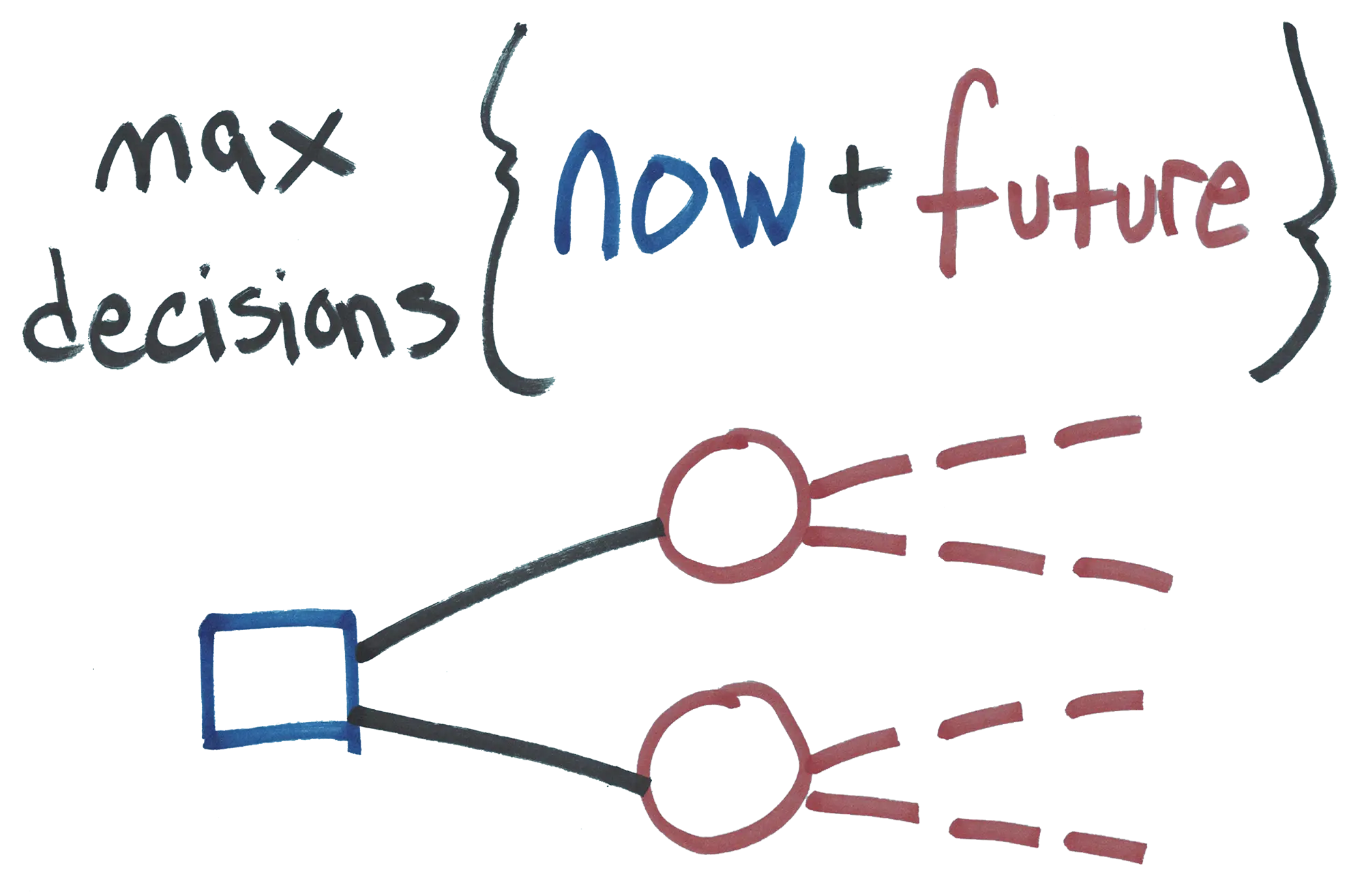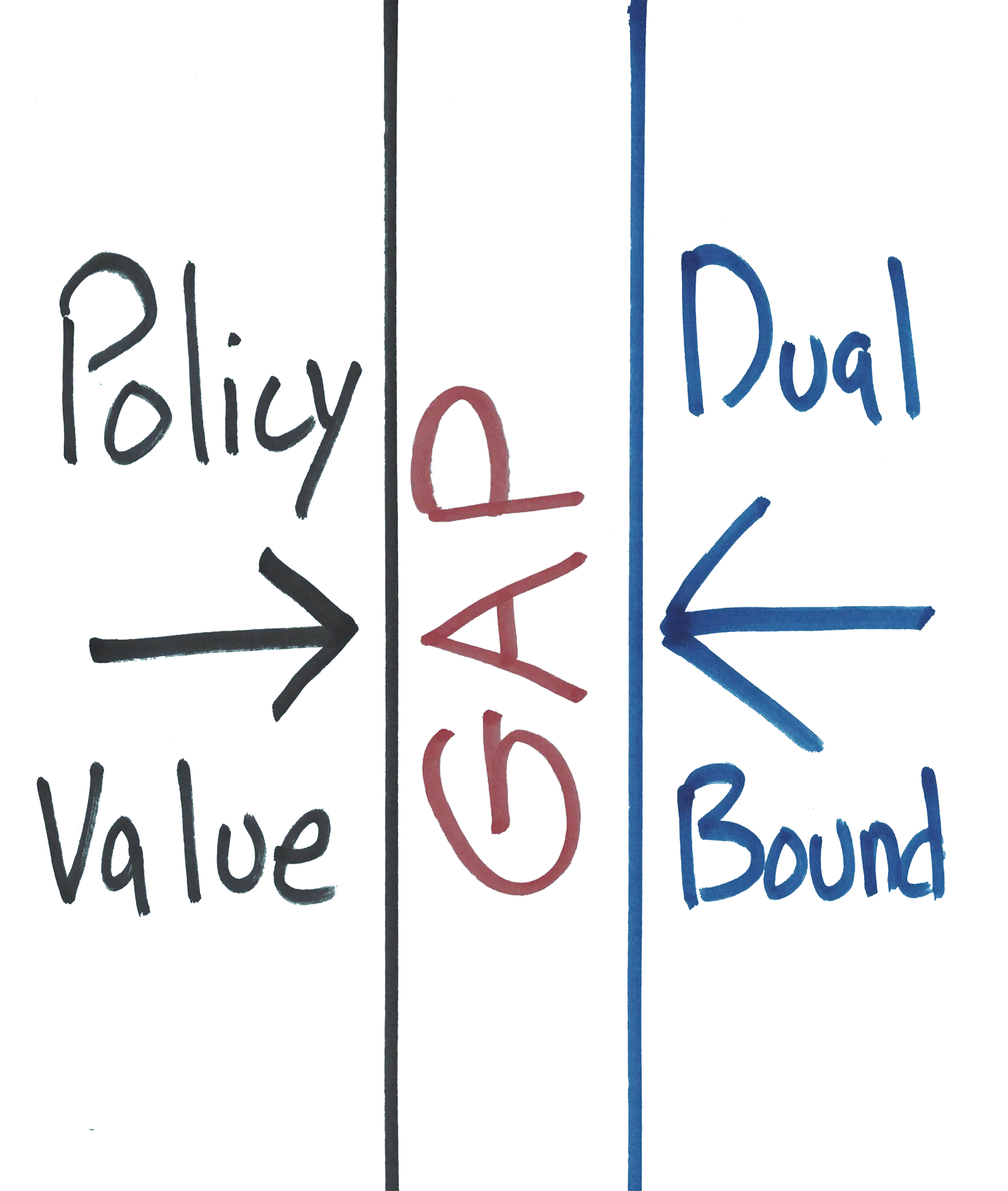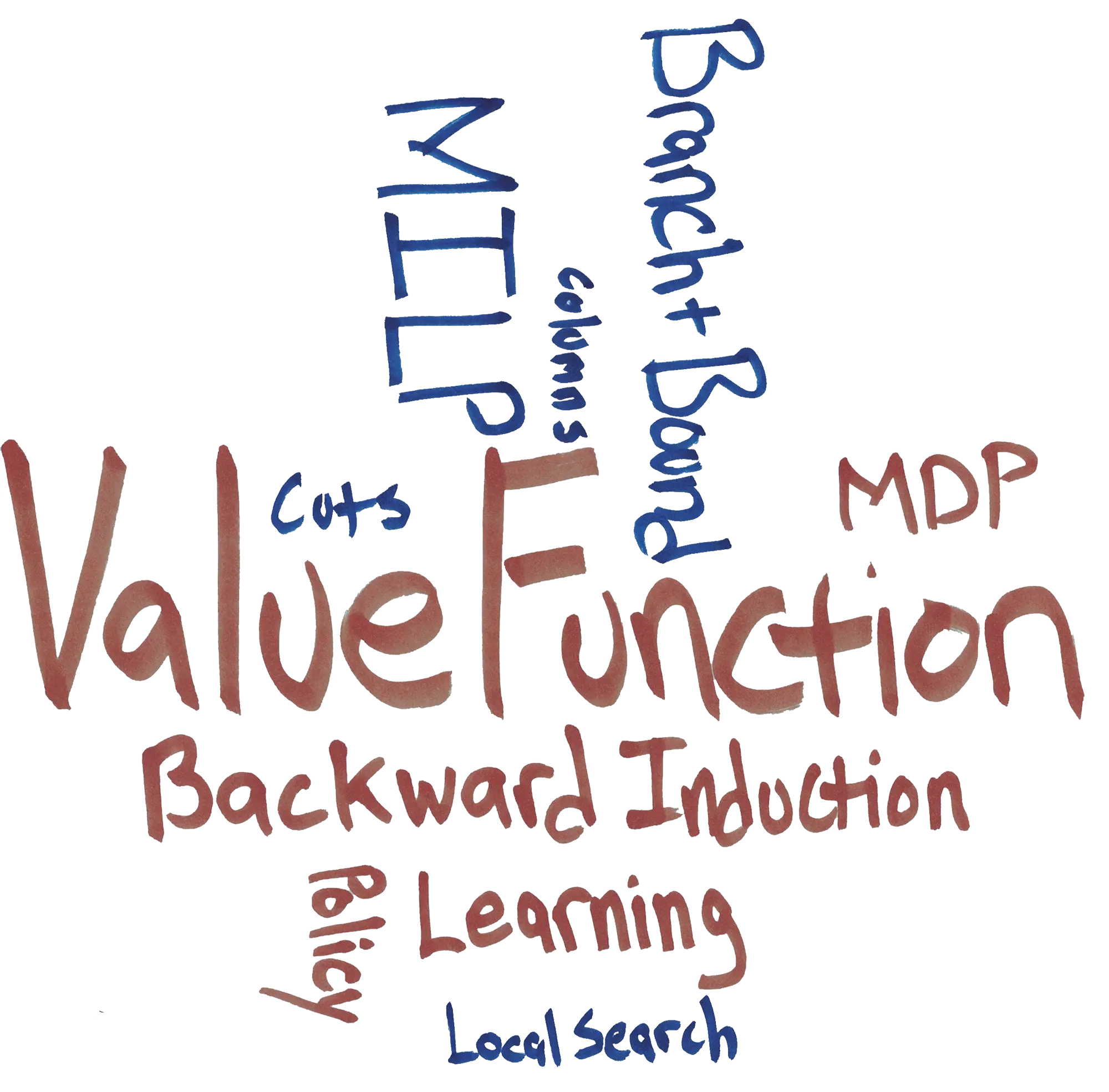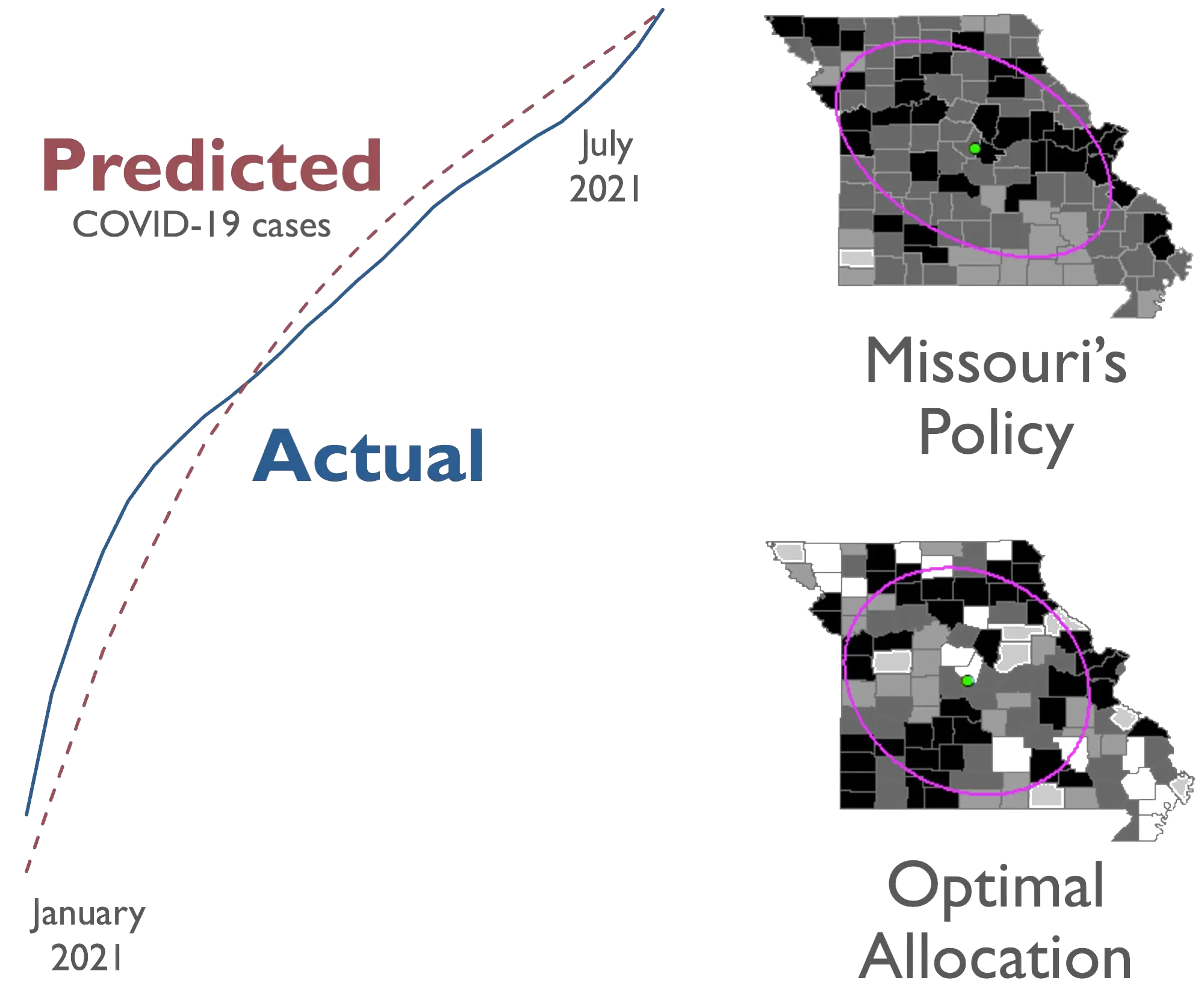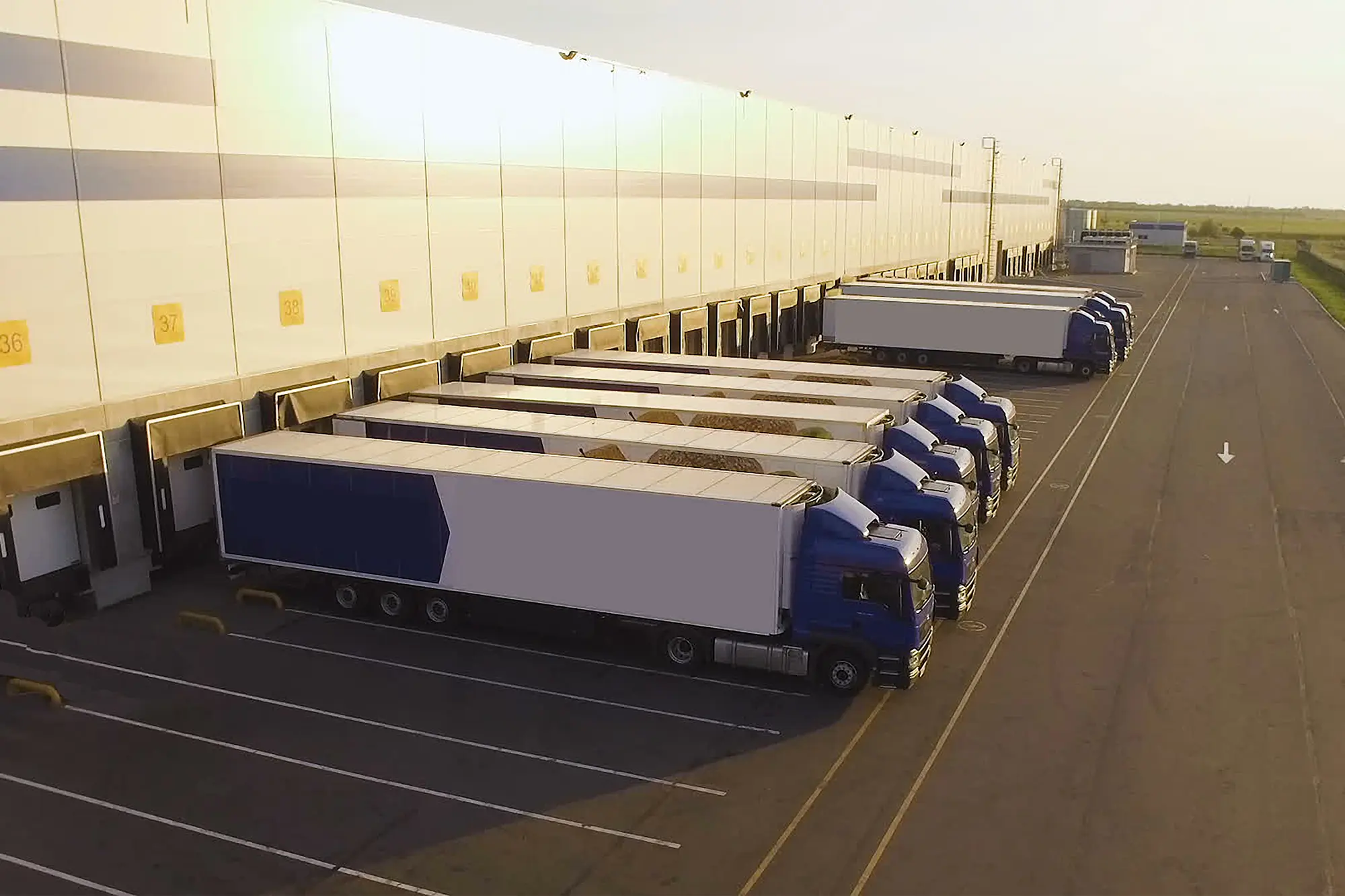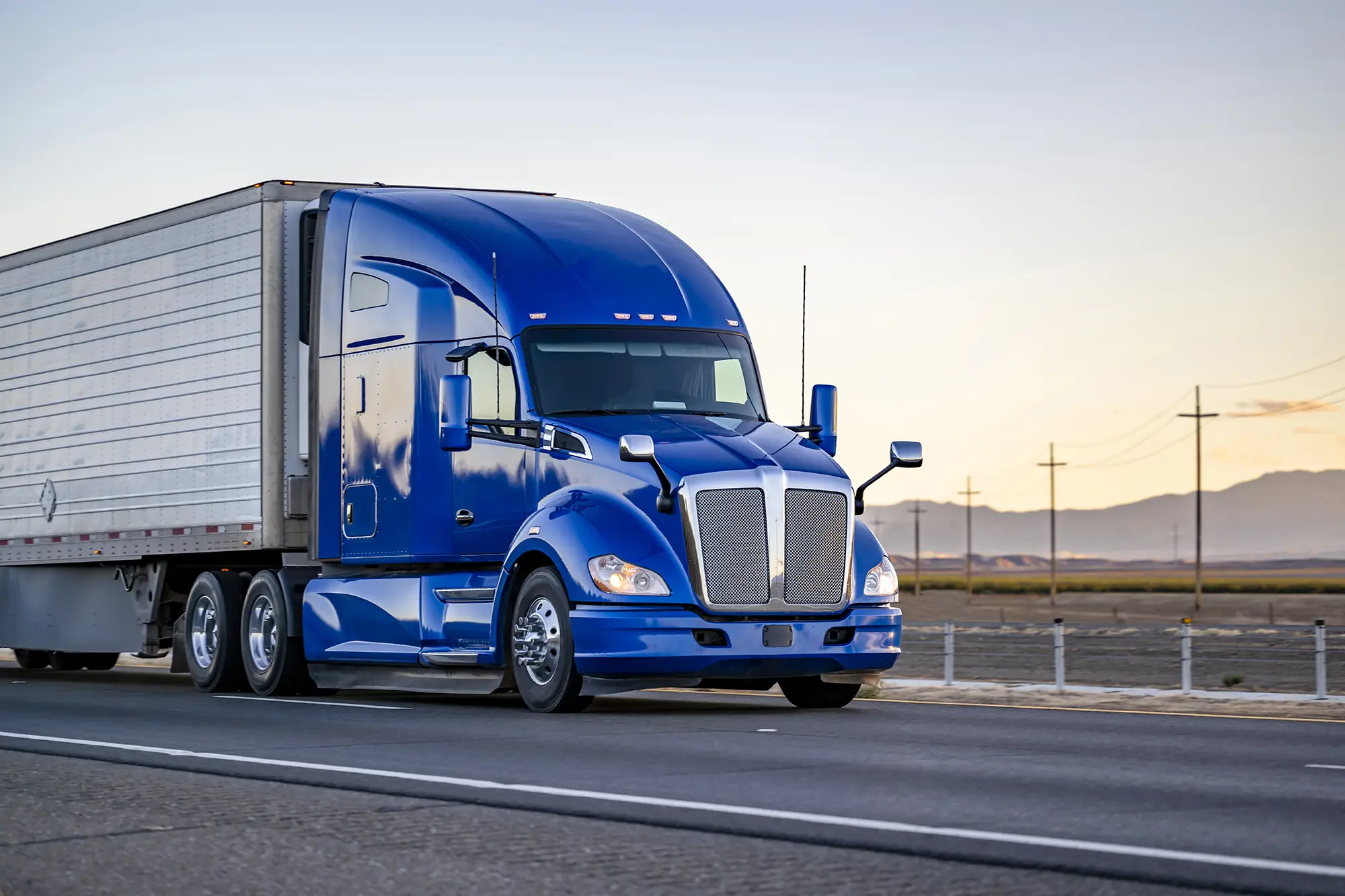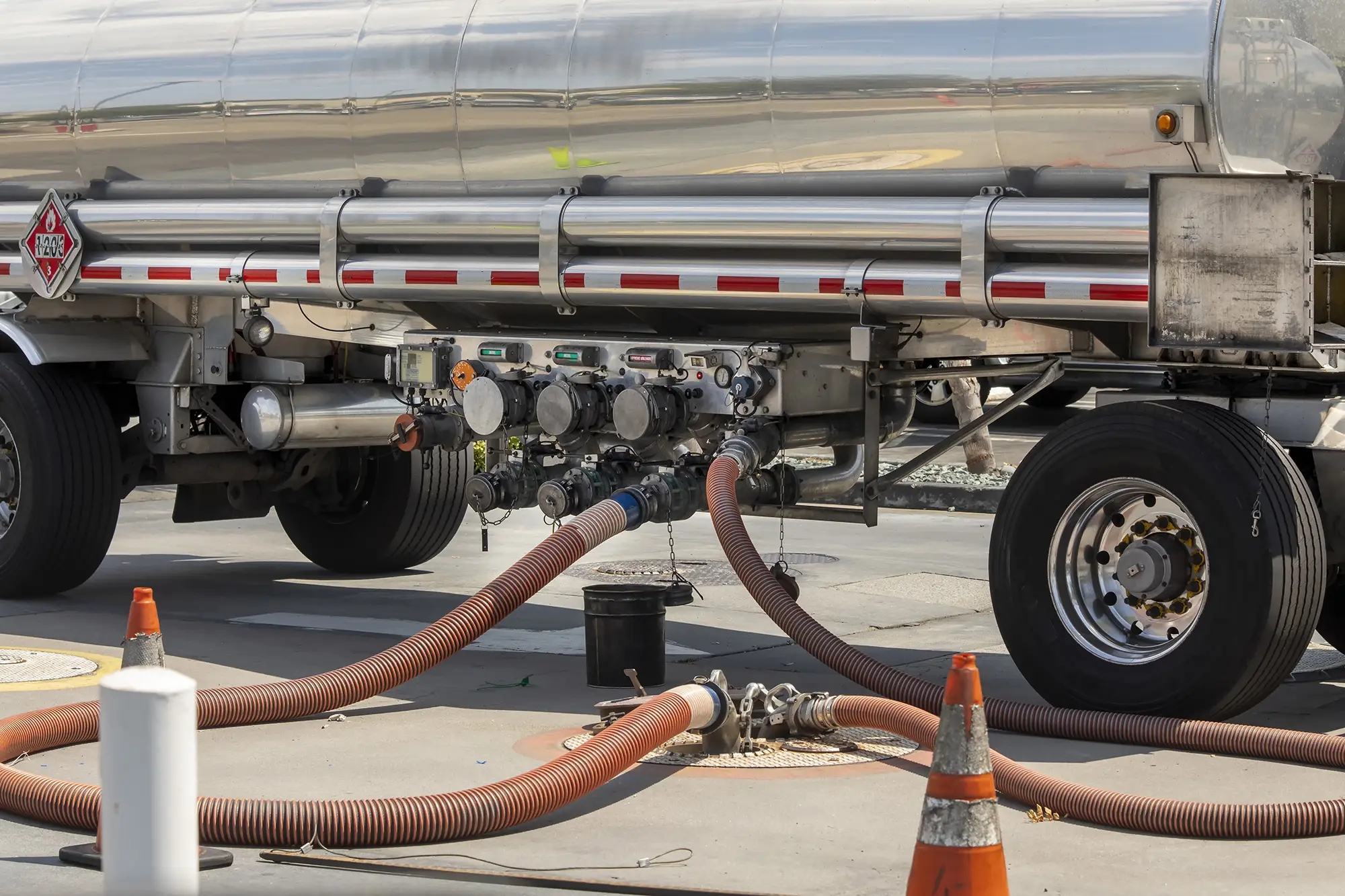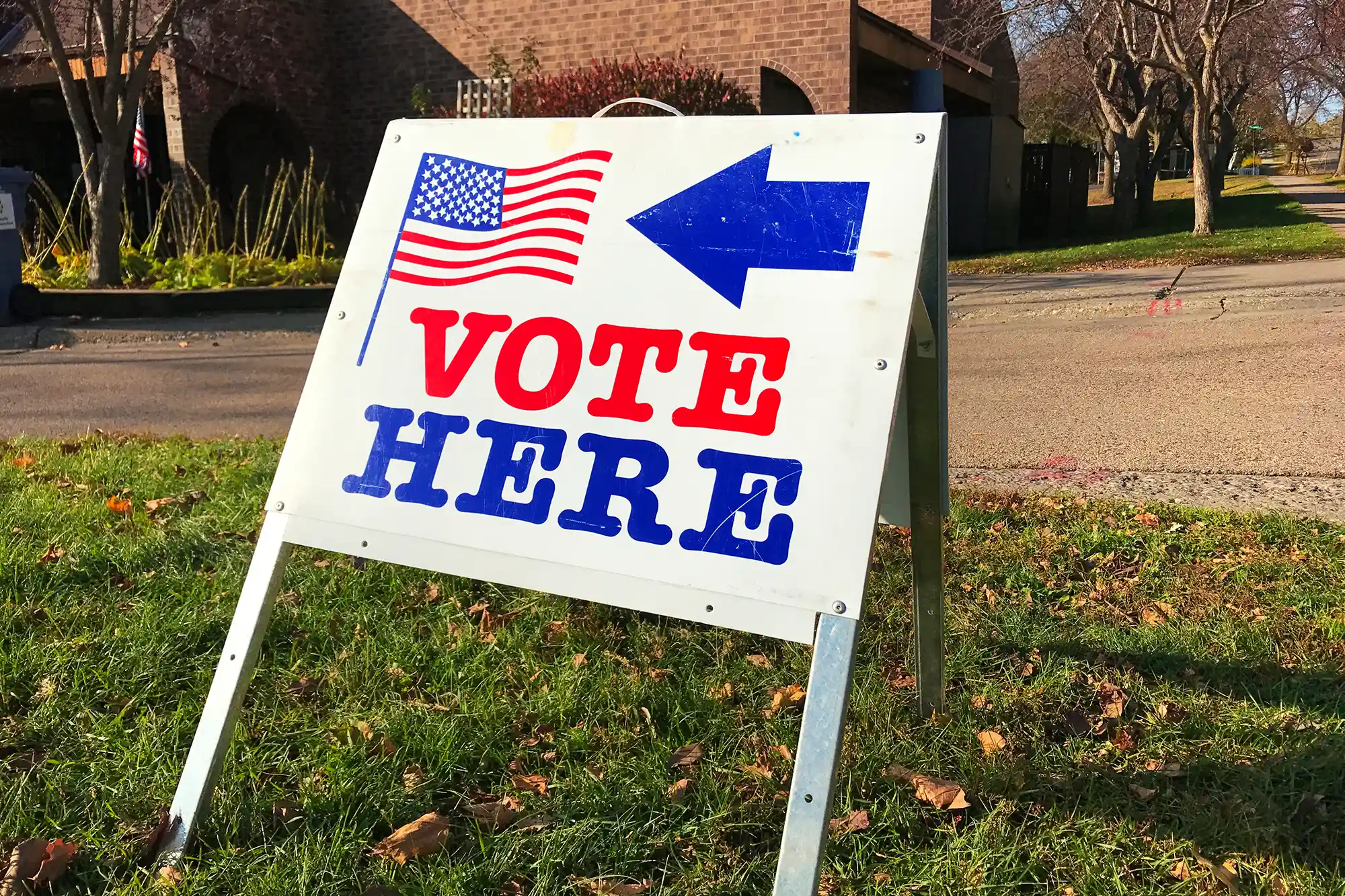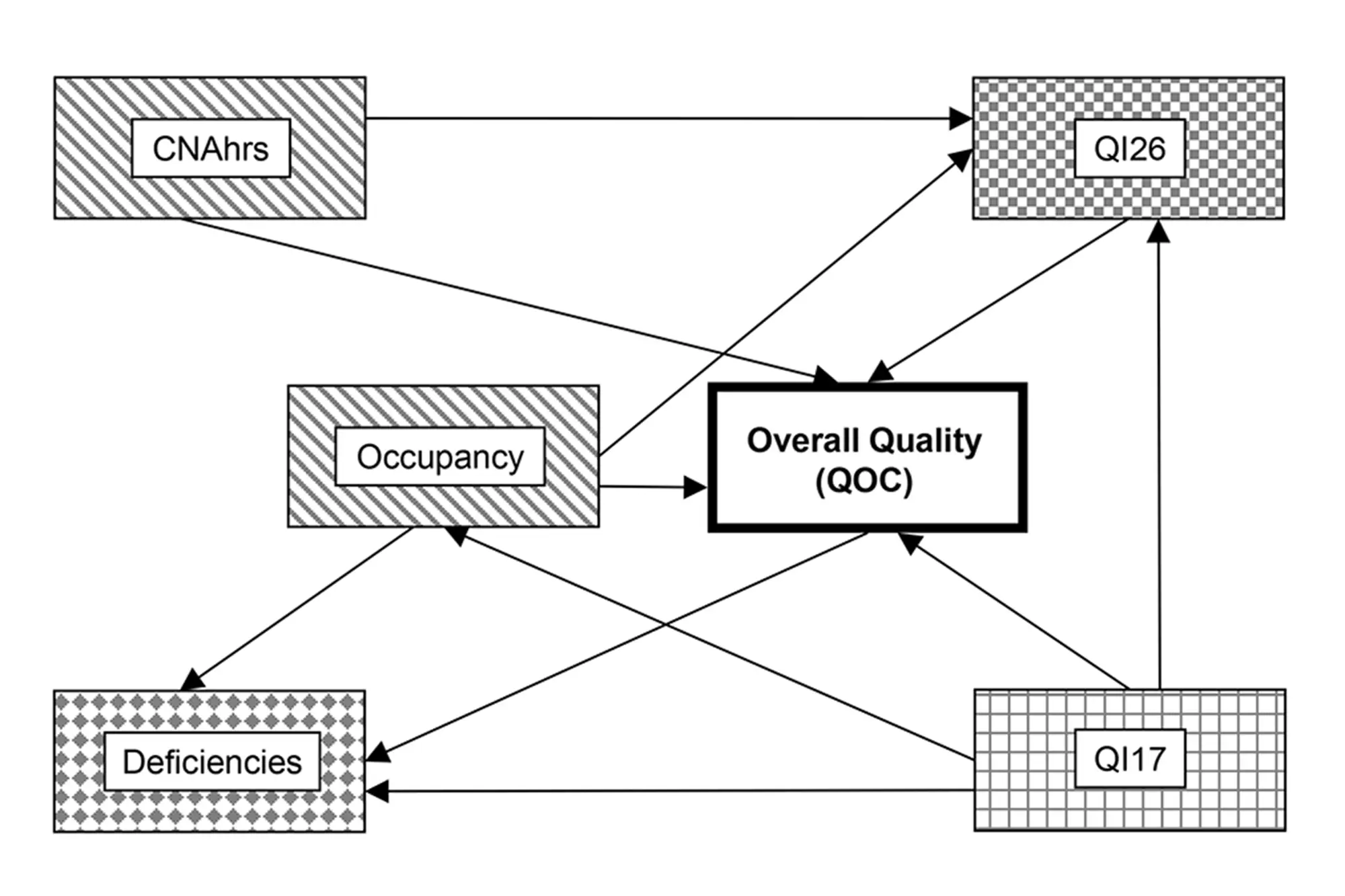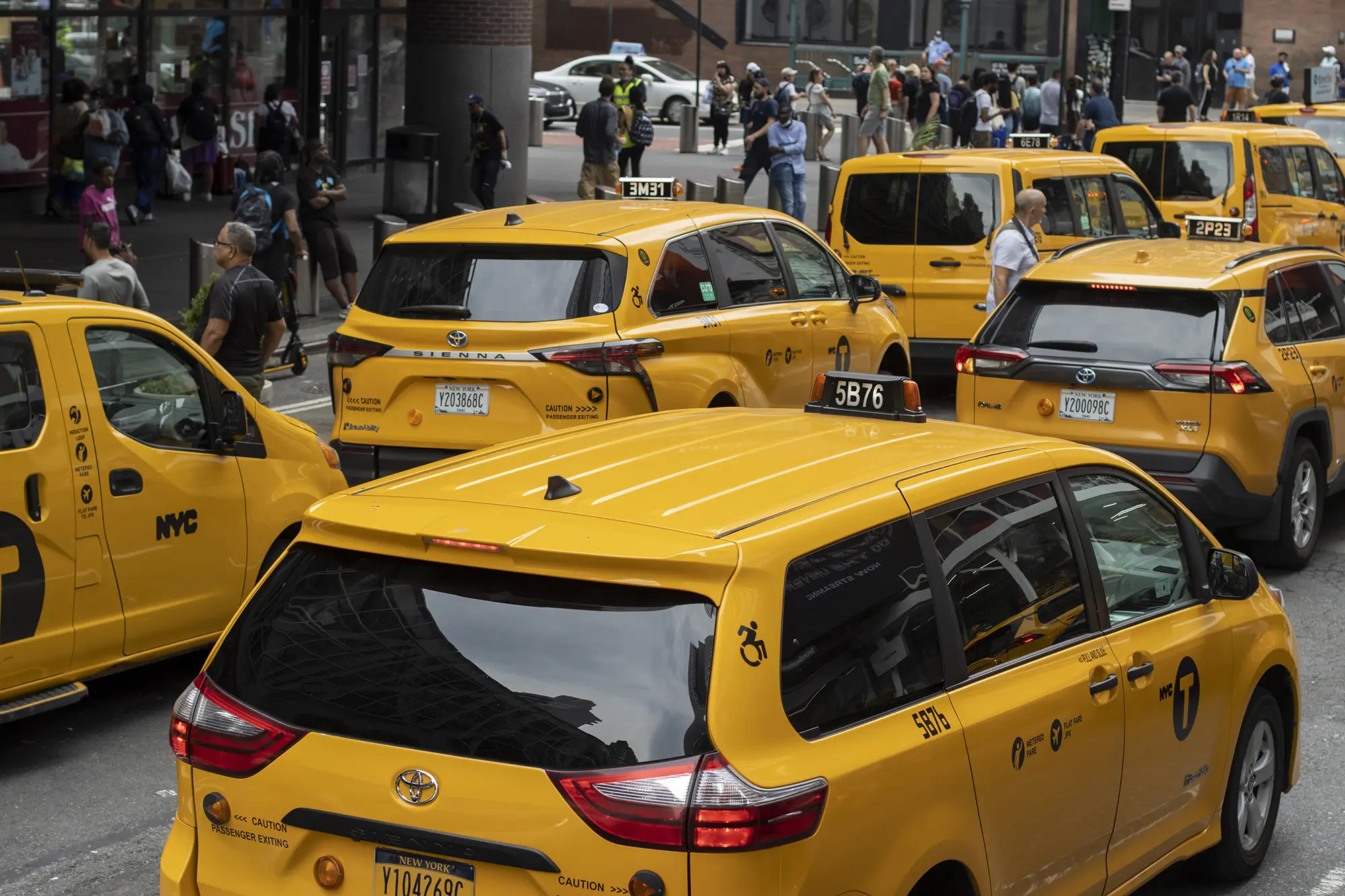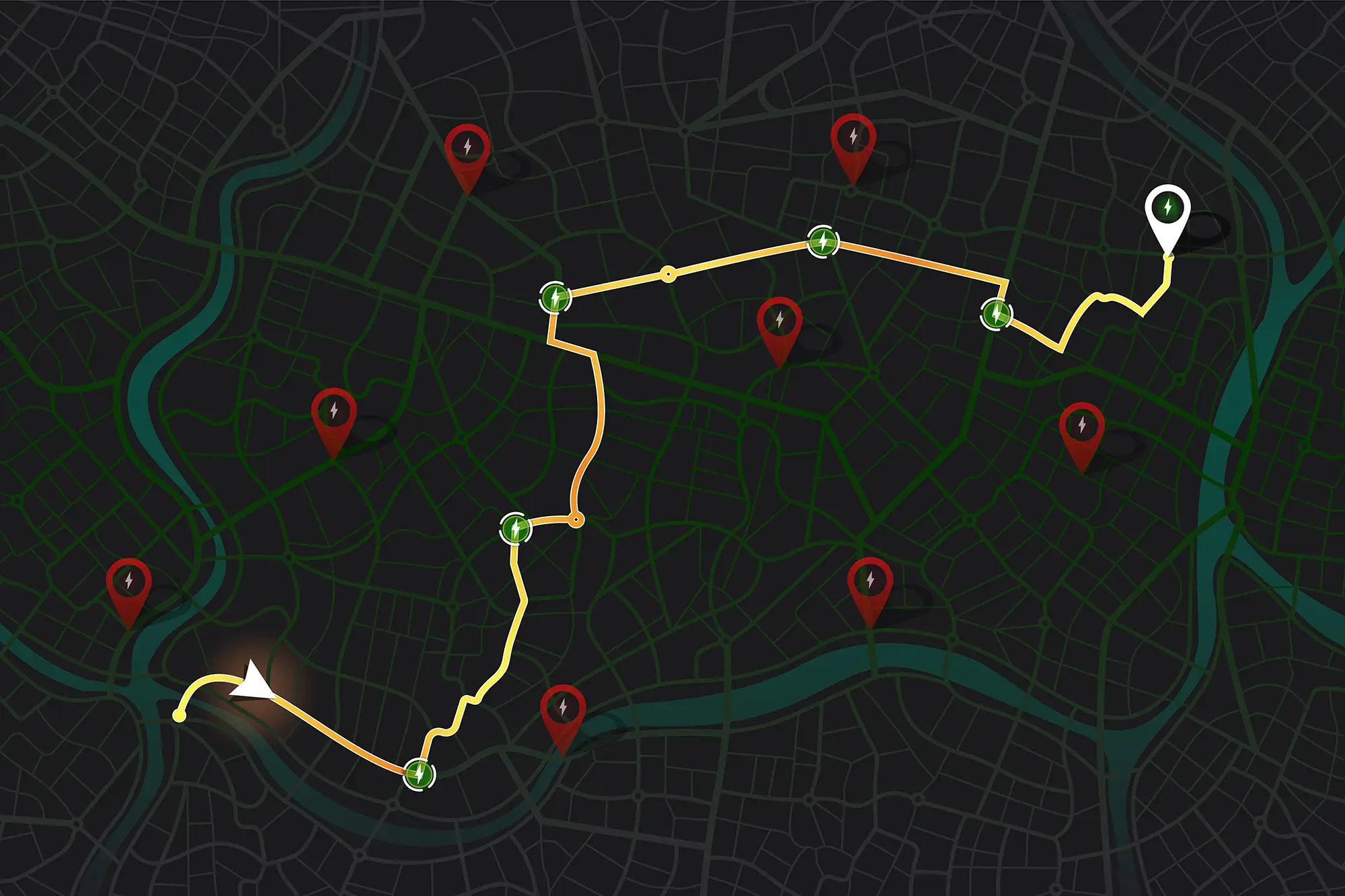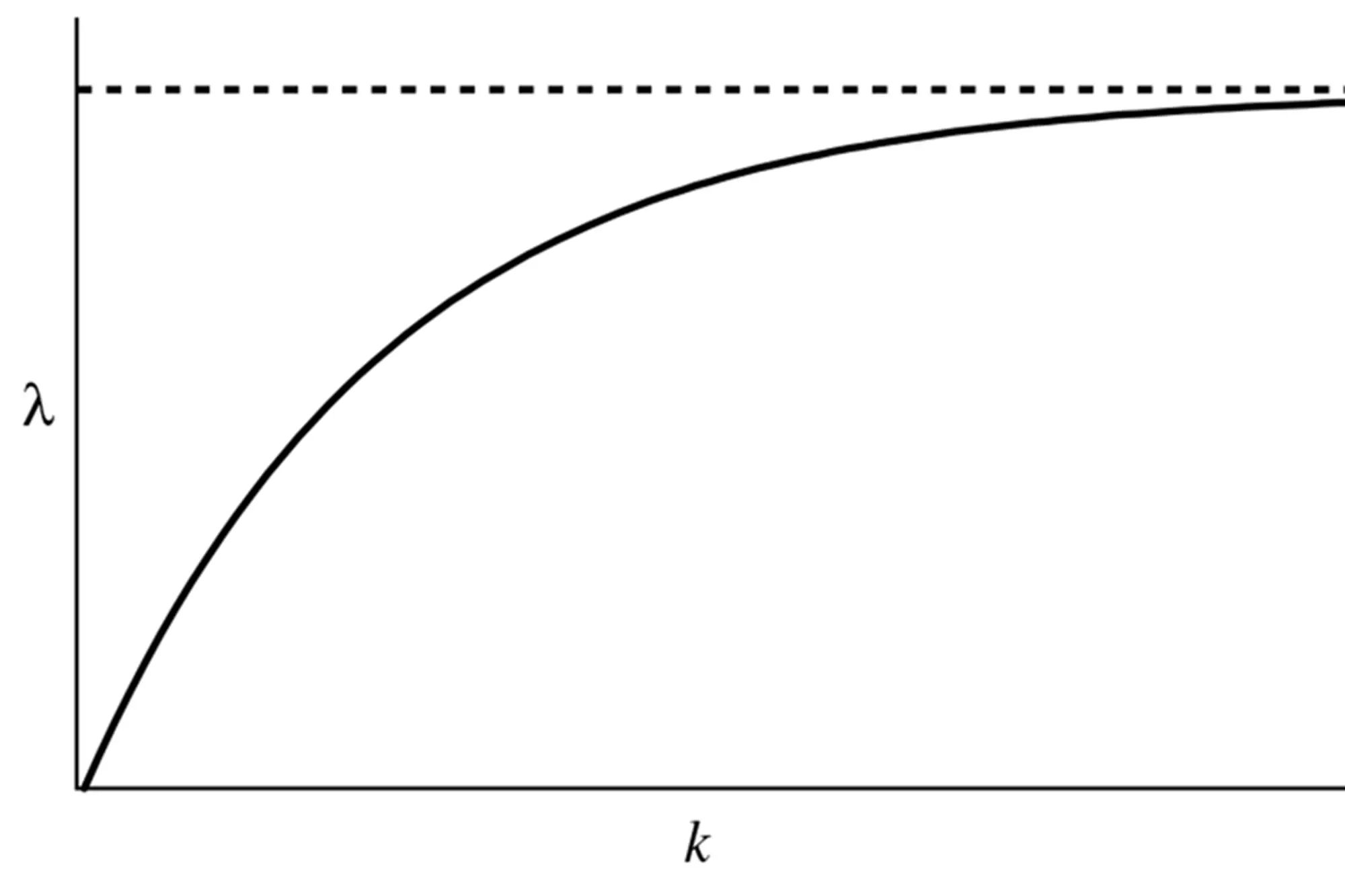Transportation and Logistics
Much of my research focuses on transportation and logistics. Problems in this area are central to the global supply chain. They are also among the most difficult to solve, for two reasons: First, the decision space is combinatorial. The number of ways to route a fleet of vehicles across a supply network is considerable. Second, uncertainty is multidimensional and dynamic. Demand can vary across products, regions, and time, creating a vast array of possible outcomes.
My research addresses these challenges by bringing together a deterministic legacy and recent theoretical advances. For decades, transportation research assumed that demand, travel conditions, and customer behavior were fixed. These assumptions simplified the analysis but rarely held in practice. Once uncertainty enters the mix, deterministic methods often fail. Yet many can be adapted. With the right adjustments, they yield feasible policies, dual bounds, and insights that improve decision making under uncertainty.
This approach has produced both problem-specific advances and general methodological innovations. For example, see my paper titled "Electric Vehicle Routing with Public Charging Stations." For an example that also leverages developments in deep neural networks, see my paper titled "Dynamic Ridehailing with Electric Vehicles."
